Growing Industrial Automation
The trend towards industrial automation is significantly influencing the Portable Power Quality Meter Market. As industries increasingly adopt automated systems, the need for reliable power quality monitoring becomes paramount. Automation technologies, such as IoT and AI, require consistent power quality to function optimally. The industrial automation market is anticipated to grow at a CAGR of approximately 9% over the next five years, which suggests a corresponding increase in the demand for portable power quality meters to ensure that automated systems operate without interruptions caused by power quality issues.
Increased Focus on Power Quality Standards
The heightened emphasis on power quality standards across various sectors is a notable driver for the Portable Power Quality Meter Market. Regulatory bodies are increasingly mandating compliance with power quality standards to mitigate issues such as voltage sags, harmonics, and transients. This regulatory landscape is expected to evolve, with more stringent requirements being introduced. As a result, industries will need to invest in portable power quality meters to ensure compliance, thereby driving market growth. The demand for these meters is likely to rise as organizations seek to avoid penalties and enhance operational efficiency.
Rising Demand for Renewable Energy Sources
The increasing shift towards renewable energy sources is a pivotal driver for the Portable Power Quality Meter Market. As nations strive to meet sustainability goals, the integration of solar, wind, and other renewable energy systems necessitates precise monitoring of power quality. This demand is reflected in the projected growth of the renewable energy sector, which is expected to reach a market size of over 2 trillion USD by 2030. Consequently, the Portable Power Quality Meter Market is likely to experience heightened demand as these meters are essential for ensuring the reliability and efficiency of renewable energy systems.
Expansion of Electric Vehicle Infrastructure
The rapid expansion of electric vehicle (EV) infrastructure is emerging as a crucial driver for the Portable Power Quality Meter Market. As more charging stations are established, the need for monitoring power quality at these locations becomes essential to prevent disruptions and ensure efficient charging. The EV market is projected to grow significantly, with estimates suggesting that by 2030, electric vehicles could account for over 30% of total vehicle sales. This growth will likely necessitate the deployment of portable power quality meters to maintain the integrity of power supply at charging stations, thereby bolstering the market.
Technological Innovations in Metering Solutions
Technological innovations in metering solutions are significantly shaping the Portable Power Quality Meter Market. Advancements in sensor technology, data analytics, and wireless communication are enhancing the capabilities of portable power quality meters. These innovations allow for real-time monitoring and analysis, which is increasingly sought after by industries aiming to optimize their power usage. The market for advanced metering infrastructure is projected to grow, indicating a strong potential for portable power quality meters that incorporate these cutting-edge technologies. This trend suggests that the market will continue to evolve, driven by the demand for more sophisticated monitoring solutions.


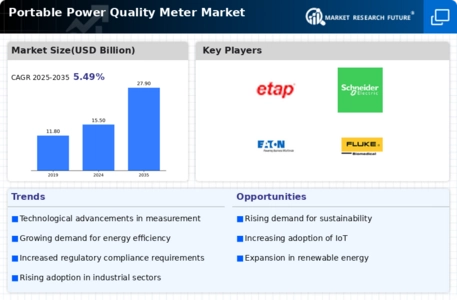

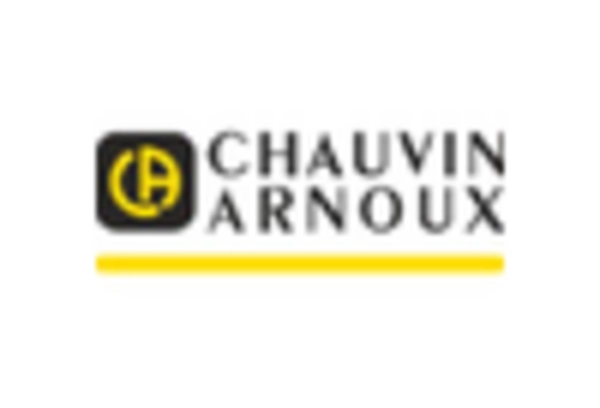
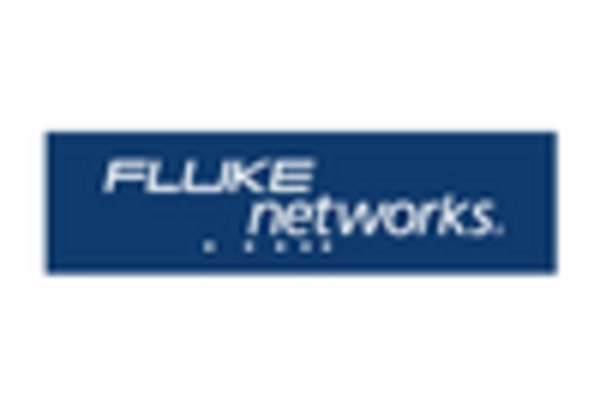
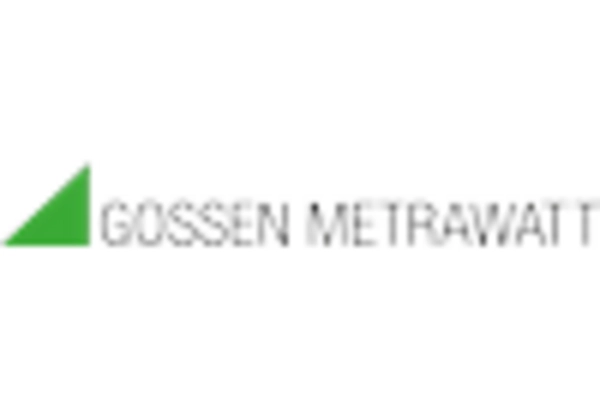

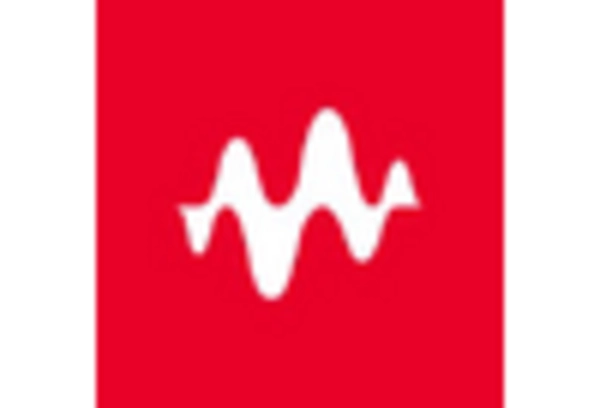
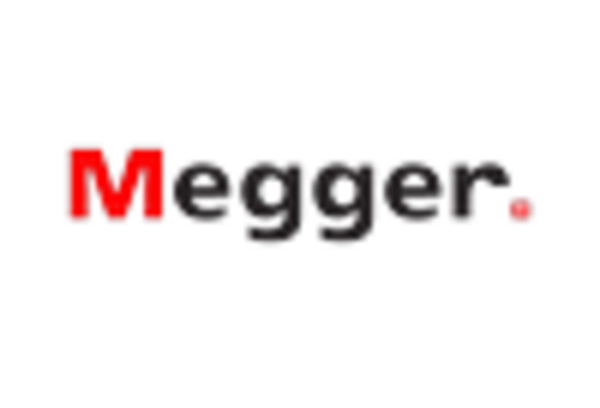








Leave a Comment